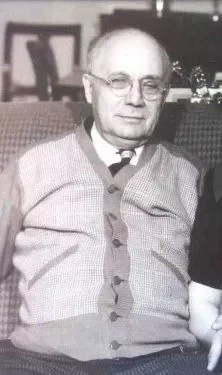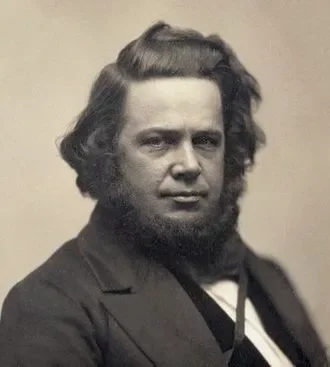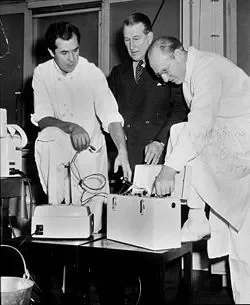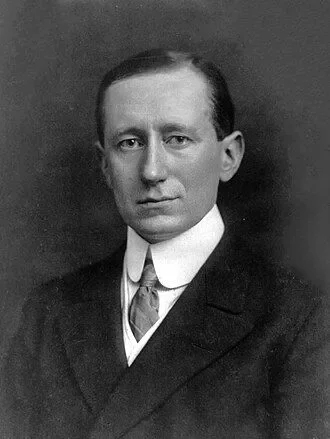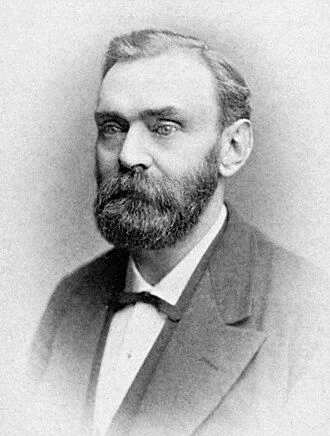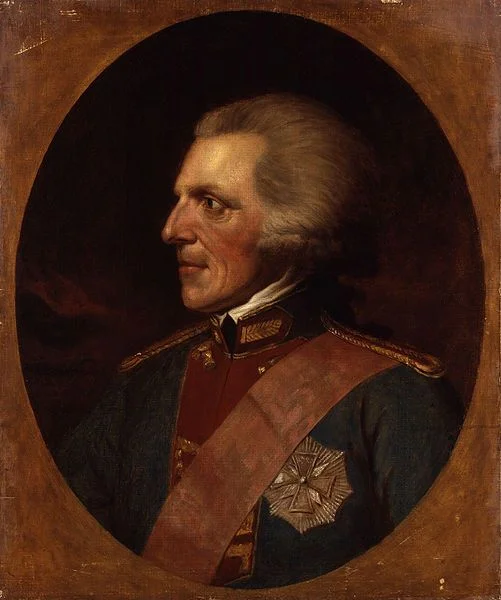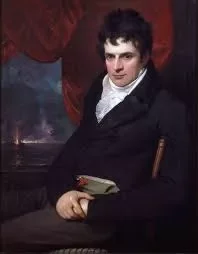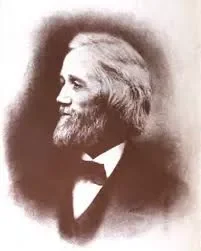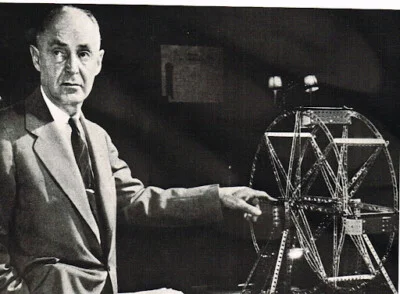Real Celebrities Never Die!
OR
Search For Past Celebrities Whose Birthday You Share
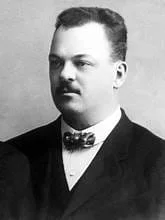
source:tse4.mm
Gideon Sundback
Birthday:
24 Apr, 1880
Date of Death:
21 Jun, 1954
Cause of death:
Heart disease
Nationality:
Swedish-American
Famous As:
Engineer
Age at the time of death:
74
Early Life and Education
Gideon Sundback (1880–1954), a Swedish-American inventor and engineer, is associated with the development of the modern zipper, which became an integral part of the fashion industry. Otto Fredrik Gideon Sundback was born on the 24th of April in Sweden’s Ödestugu to a family of modest means and showed an early aptitude for engineering. He afterward studied technical engineering at the Chalmers University of Technology in Gothenburg. In 1905, Sundback arrived in the U.S. from Sweden, where he sought to use his talents in a country swarming with factories.
Career Beginnings
Upon his arrival in the U.S., Sundback started to work for Universal Fastener Company, a company dealing with fasteners and other products. At first, Talon patented many improvements to fasteners developed elsewhere (Hobson and others) but was more widely known for its role in the zipper industry. Sundback was hired by Universal Fastener to develop a new fastening device composed of a clasp locker designed in the early 1890s by Whitcomb Judson. While Judson had the right idea, his invention was hamstrung by execution deficits that made it unworkable and hence never caught on.
Innovation and Development of the Zipper
Sundback took an innovative approach and remodeled the clasp locker. From here, he gradually refined his improvements starting in 1912 and spent time working towards developing an efficient fastening system that is reliable for the user. He had his big break in the 1930s when he invented a zipper using the “L-type” and its smaller successor, an M-type closure—interlocking metal teeth that could be clasped together by running through them with a sliding slider. This design fixed many problems that other fasteners had and brought about a more long-lived, cost-effective solution with some style.
Patent and Impact
Sundback received the patent for his improved zipper in 1917, paving the way for more common use. This is why the zipper became a unique option for many uses, such as clothing and accessories—like shoes or bags—and parts of military uniforms. Sundback’s zipper was quickly adopted into the fashion and manufacturing repertoire.
Gideon Sundback's Quote's
Contribution to Manufacturing
In addition to the zipper, Sundback had a hand in improving manufacturing methods and materials for fasteners. Due to this contribution, the production of nylon zippers became more popular due to their lightweight and durable properties.
Later Life and Legacy
While his invention saw widespread success, Sundback himself remained relatively reclusive. Although he was acknowledged within industrial circles, his reach did not extend much further. He worked in engineering and innovation until he retired.
Death and Posthumous Recognition
Gideon Sundback died in Ridgefield, New Jersey, on June 21st, 1954. His legacy arguably lives on through the lasting popularity and value of the zipper, a timeless essay in functional design that is still just as much at home facilitating day-to-day life as it is helping fashion lay down actual utility. By turning one idea into reality, Sundback showed it’s possible to innovate with a powerful ripple effect across industries and the lives & work of many people.
Posthumously, Sundback has received recognition for his work, and he was inducted into the American National Inventors Hall of Fame, associating him with industrial design. His legacy is a tribute to the significance of practical problem-solving born from inventive thinking and perseverance.
Name:
Gideon Sundback
Popular Name:
Gideon Sundback
Gender:
Male
Cause of Death:
Heart disease
Spouse:
Place of Birth:
Ödestugu Parish, Jönköping County, Småland, Sweden
Place of Death:
Meadville, Pennsylvania, USA
Occupation / Profession:
Personality Type
Architect: Imaginative and strategic thinkers, with a plan for everything. Gideon Sundback was characterized by being innovative, strategic, and independent, with a focus on practical problem-solving and invention.
The name "zipper" was coined by B.F. Goodrich
Before inventing the modern zipper, Sundback worked on improving the “clasp locker,” an earlier fastening device developed by Whitcomb Judson.
His invention was initially called the "Hookless Fastener No. 2."
Inducted into the National Inventors Hall of Fame in 2006.
Awarded the Gold Medal of the Royal Swedish Academy of Engineering Sciences in 1951.
Honored with a Google Doodle on April 24, 2012, for his contributions to the zipper.
